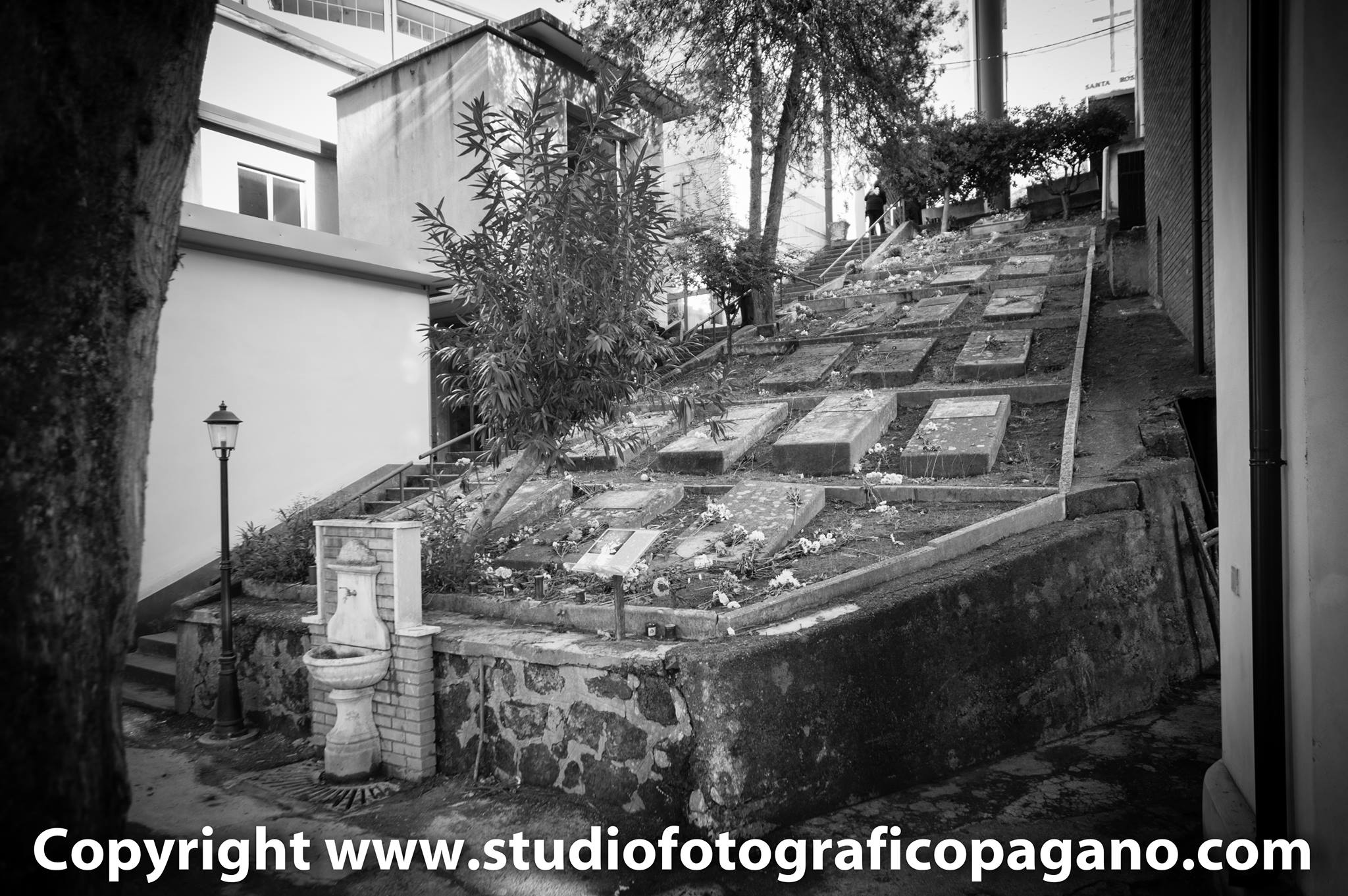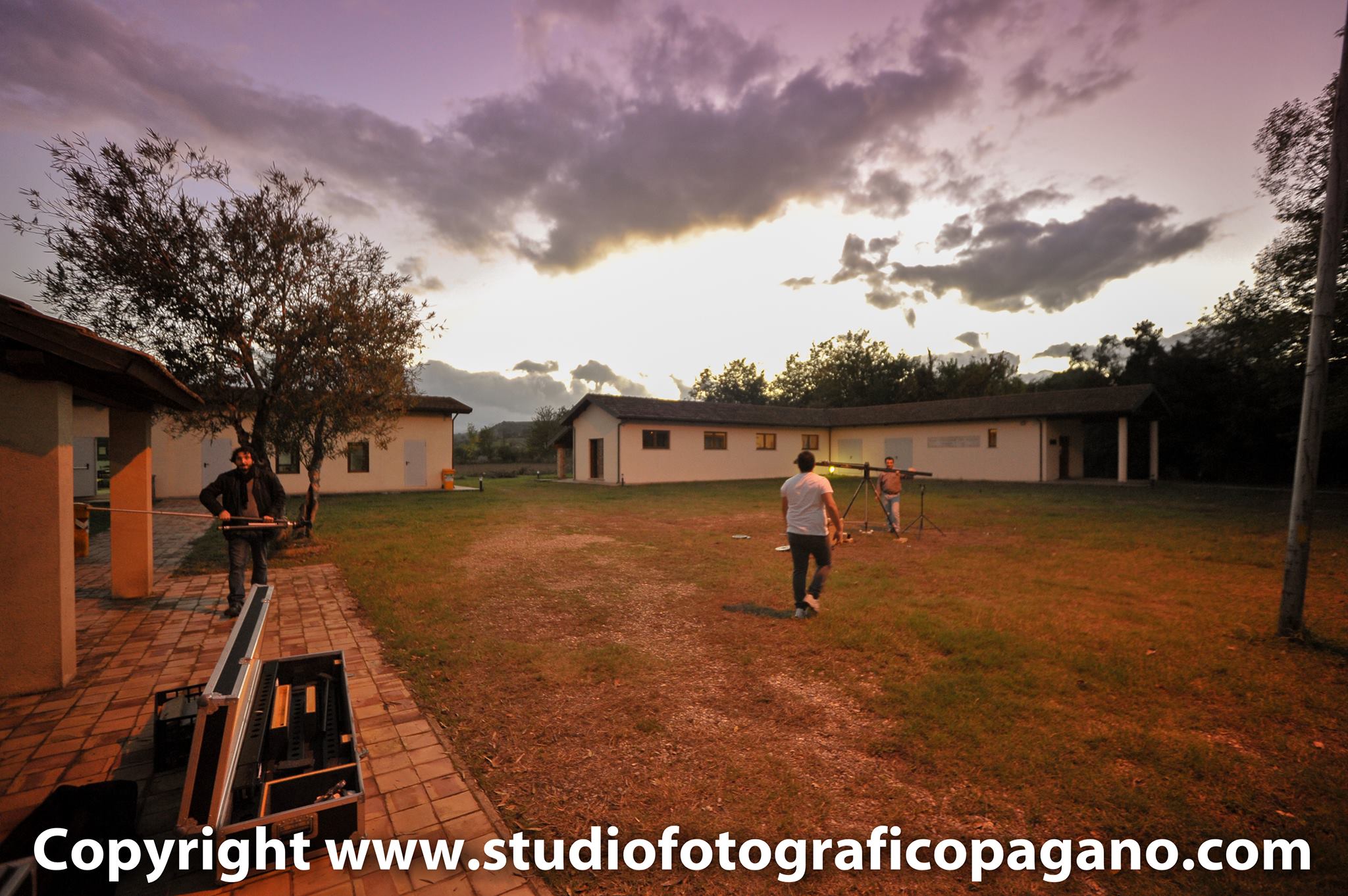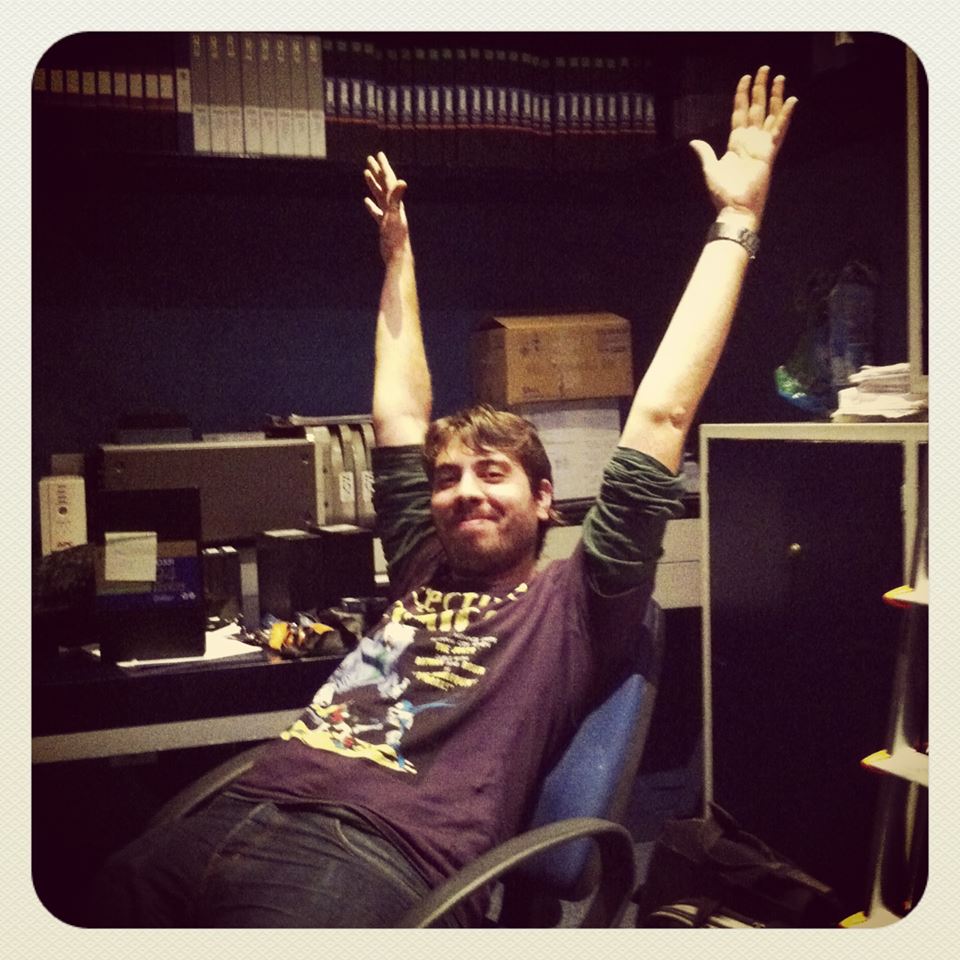"History is the art that does not deny knowledge of the facts". B. Berenson
In 1940, with the enactment of racial laws, the poignant story of Italian internment camps began, the majority of which were established in the central and southern regions of Italy. Even though they were camps where the horrific crimes documented in the Nazi concentration camps were not perpetrated, they were indeed places where prisoners were forced to live in deplorable conditions, had to endure the hardships of hunger, disease, separation from loved ones, censorship and the deprivation of freedom.
The southern most of these camps was at Ferramonti di Tarsia, in the province of Cosenza. The largest concentration camp in Italy and the only one in the Calabrian region began its "activities" in June 1940. Chosen by Benito Mussolini himself, because of its location and "strategic" logistics that made it easily manageable, the camp was built on a malarial area that had just been reclaimed (and thus still contaminated marshland).
The average number of inmates was around two thousand people, but in the summer of '43 the camp received far more than two thousand (even if the facts and the reconstructions show that the number reached - considering people who were not officially registered - the figure of 4.000!), including 1.500 Jews.
The Ferramonti camp was the only one built with a special project. In all other cases, the internment plan of Jews was achievable through the requisition of buildings (barracks, monasteries, hospices) and even the leasing of properties. The camp was entrusted to a Commissioner of Public Safety, under whose authority were a marshal and a number of agents, while an "army" unit held vigilance along the outer perimeter.
In the years 1942 and 1943, the increase in the number of inmates was the cause of considerable deprivation and, as someone wrote, "hunger made its entry into the camp". Malnutrition and wasting away was encouraged, especially among the most vulnerable, with the onset of serious diseases and the increase in cases of malaria, given that the camp stood in a highly contaminated location.
The summer of '43 was the most dramatic period. In August allied aircraft, mistaking it for an enemy military base, bombed the camp. Before realizing the error the bombs had hit a shack causing deaths and injuries. In September, following the arrival of British allied forces on Calabrian territory, the Germans began to withdraw to the north.
And so it was ... when from a distance the prisoners saw the first vanguard ... then finally on September 14th, the allied troops liberated the camp.
It was the end of a nightmare.













